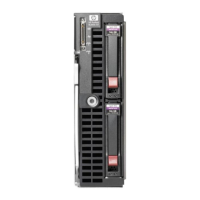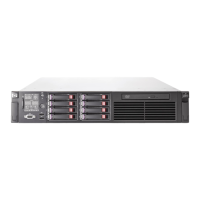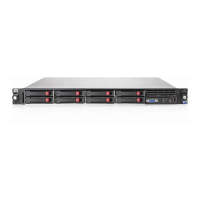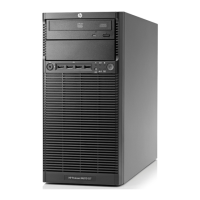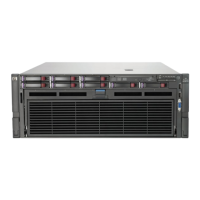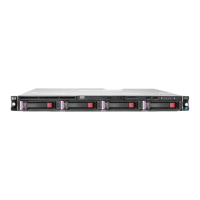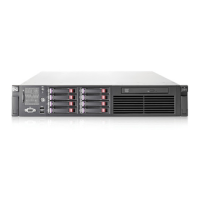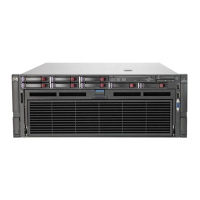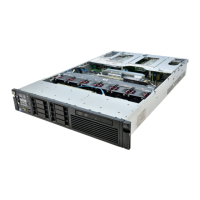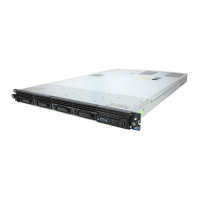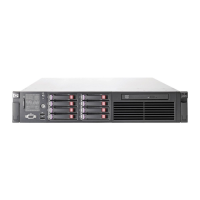Getting started 12
Getting started
HP ProLiant 100 Series Server troubleshooting
information
For HP ProLiant 100 Series Server troubleshooting information, see the respective server user guides.
How to use this guide
NOTE: For common troubleshooting procedures, the term "server" is used to mean servers
and server blades.
This guide provides common procedures and solutions for the many levels of troubleshooting a ProLiant
server—from the most basic connector issues to complex software configuration problems.
To understand the sections of this guide and to identify the best starting point for a problem, use the
following descriptions:
• Common problem resolution (on page 18)
Many server problems are caused by loose connections, outdated firmware, and other issues. Use
this section to perform basic troubleshooting for common problems.
• Diagnostic flowcharts (on page 23)
When a server exhibits symptoms that do not immediately pinpoint the problem, use this section to
begin troubleshooting. The section contains a series of flowcharts that provide a common
troubleshooting process for ProLiant servers. The flowcharts identify a diagnostic tool or a process to
help solve the problem.
• Hardware problems (on page 37)
When the symptoms point to a specific component, use this section to find solutions for problems
with power, general components, system boards, system open circuits and short circuits, and
external devices.
• Software problems (on page 60)
When you have a known, specific software problem, use this section to identify a solution to the
problem.
• Software tools and solutions (on page 67)
Use this section as a reference for software tools and utilities.
• HP resources for troubleshooting (on page 86)
When additional information becomes necessary, use this section to identify websites and
supplemental documents that contain troubleshooting information.
• Error messages (on page 91)
Use this section for a complete list of the following messages:

